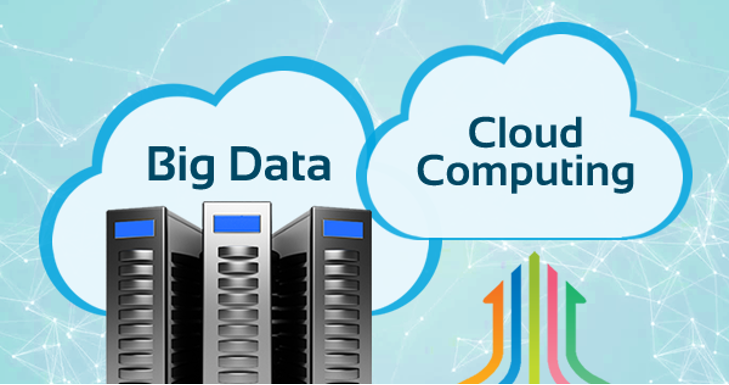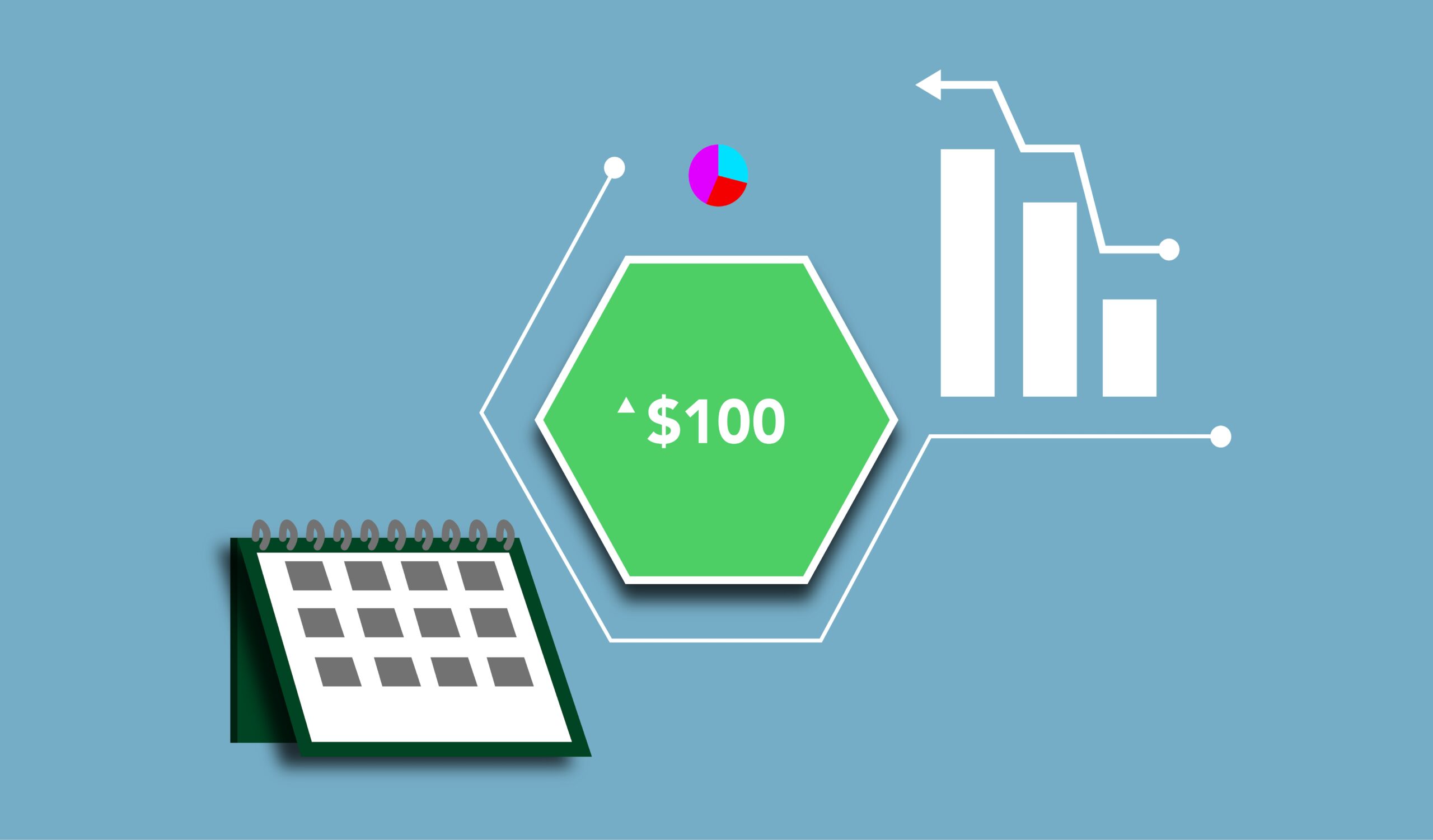WHAT IS DIGITAL MARKETING ?
Digital marketing, which includes a range of strategies and tactics targeted at reaching and interacting with customers online, is the practice of promoting goods and services through digital channels like the internet, social media, search engines, email, and mobile apps.
Digital marketing is a prominent new age concept being utilized by businesses from around the world to reach masses of the audience at once. There are several platforms for the optimization of digital marketing practices, it is the responsibility of the business managers and advertising experts to generate relevant content for different platforms and evaluate which digital platform would be providing most of the benefit to the business.
As stated by Shane Snow “Important people may be busy, but the same principles for winning their trust and attention apply to the most to the least busy person you’re emailing. Be personal, and do your homework.”
If you want your message to reach the minds of the target audience then it is important to read their minds first, the preferences, choices, needs, expectations, and requirements of the target market are to be analyzed appropriately even in digital marketing.
There are several perks of digital marketing as it allows the business to directly interact with potential clients or customers. Digital media platforms like Instagram, Facebook, Twitter, and even Whatsapp have been providing facilities to the business to reach their target audience. The use of SEO “Search Engine Optimization” is being utilized to grab the attention of the customers in the market with the help of keywords associated with either the product or services or their characteristics.
Digital marketing can be defined as an interlinked network of digital channels of communication in which the marketers are not the only entities responsible for enhancing business growth opportunities but digital communication has also been beneficial for the suppliers and other stakeholders of the business to come in contact with each other and develop a strong business network. There are generally two types of digital marketing strategies one is the omnichannel and the second one is multichannel.
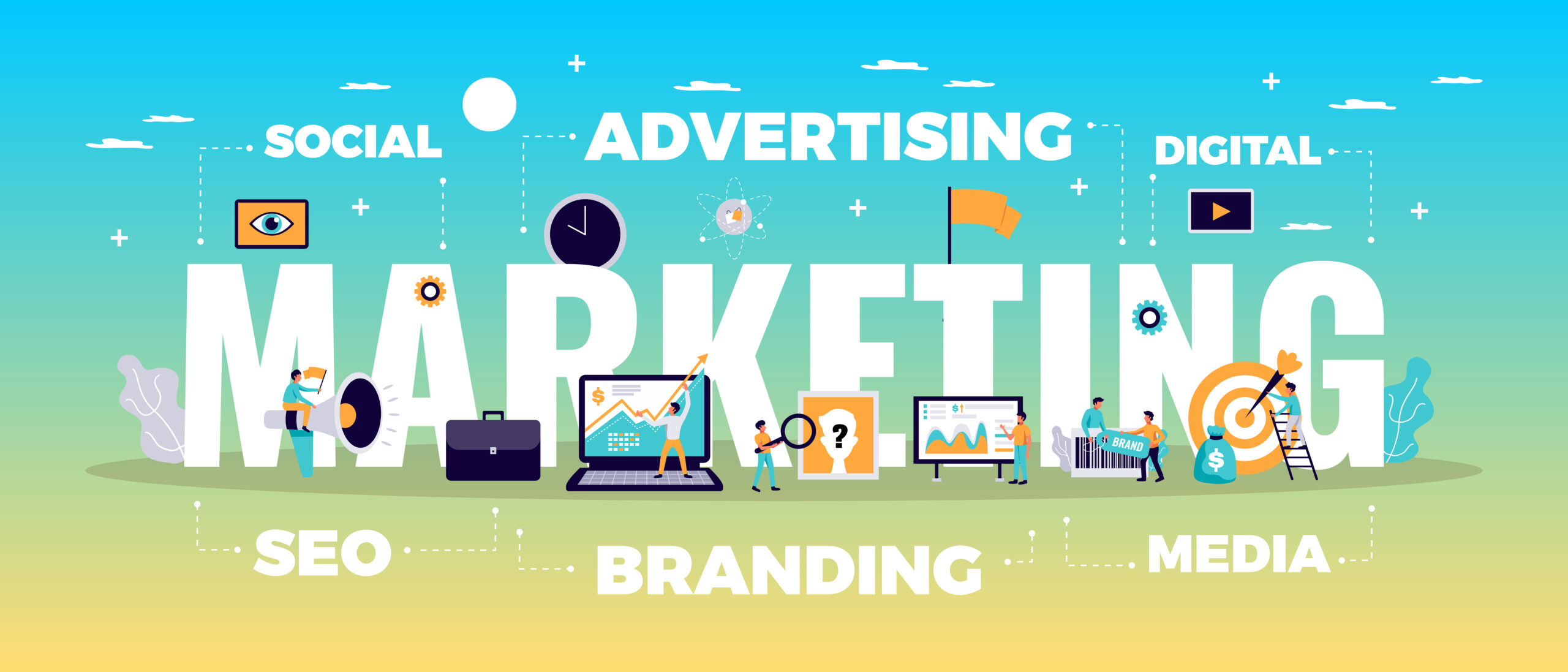
In the omnichannel digital marketing process, the organizations focus on aligning their promotional strategies to a specific channel of digital marketing such as social media channels, the promotional strategies would only be associated with social media channels and the content would be emphasized as per the requirements of the social media audience. Whereas multichannel digital marketing is associated with different digital channels such as websites, social media channels, blogs, Pinterest, and other digital communication platforms. All the digital platforms are used for communicating the characteristics of the products and services being offered by the organization also the information about the company and reason for the potential customers to choose a specific brand is communicated appropriately through different digital channels.
There are several aspects associated with digital marketing, each has a unique and different impact on the effectiveness and efficiency of digital marketing. Inbound marketing and digital marketing are very closely related but often are misinterpreted to be similar, Inbound marketing can be defined as the marketing techniques in which the company provides the customers different reasons to find and select their brand with the help of utilizing different forms of pilling marketing such as content marketing, promotional events, blogs, SEO, Social media, and more. Therefore, inbound marketing can be considered as a major part of digital marketing but both are not the same.
Different types of digital marketing:
- Social Media Marketing – this is related to grabbing the attention of the potential buyers with brand awareness by ensuring customer engagement with online communication and discussions. “Inbound marketing and account-based marketing are like a taco and a burrito. They have the same ingredients, they’re just shaped differently.” — Joe Chernov. Social media marketing is the most appropriate form of digital marketing. This helps in ensuring that the audience is actively participating in the communication and is getting the message that the company is trying to convey to the target market. this marketing technique is not only associated with the companies and the customers but also to attract other businesses for the development of growth opportunities.
“Search marketing, and most Internet marketing, in fact, can be very threatening because there are no rules. There’s no safe haven. To do it right, you need to be willing to be wrong. But search marketing done right is all about being wrong. Experimentation is the only way.” says Mike Moran. In the B2C business, the content generation is associated with influencing 96% of the marketing and enhances the gaining grounds for the B2B businesses as well.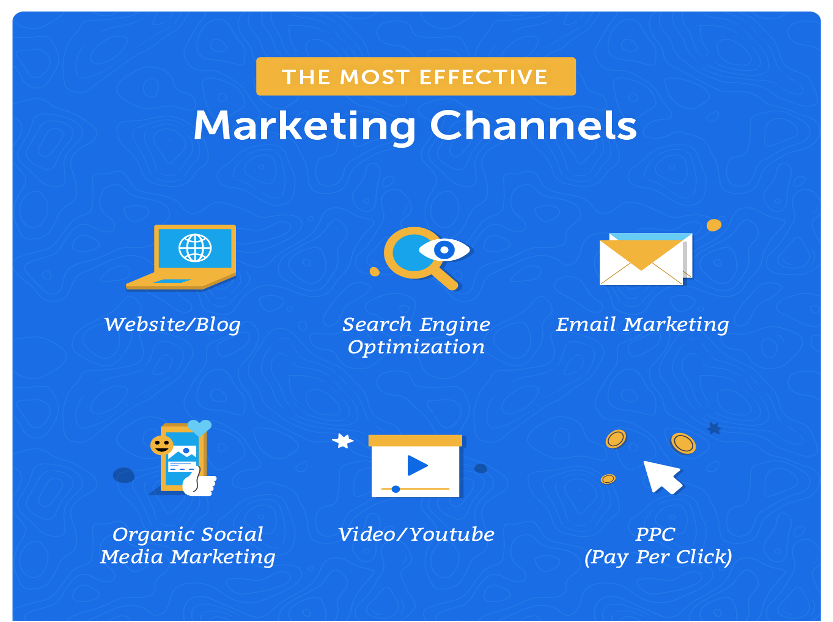
2. Pay-per-click Marketing – PPC is related to making or receiving payments every time someone clicks on some link or any other thing on the screen. The SERP is seen to be filling the space or the spot at the search engine which can be considered as an instant auction. The quality of the ad is depending on the keywords, their relevance, quality of the Landing page, and the amount of the big. Every PPC campaign is seen to be having more than 1 action which is to be completed by the viewers after the ad is seen. These activities or actions are considered to be conversions and these can either be non-transactional or transactional as per their characteristics.
3. Affiliate Marketing – this digital marketing type allows people to make money by giving them the opportunity of promoting products and services of other’s businesses. One can be the promoter or the company or business which would be collaborating with the promoter. Some affiliates prefer to focus on a single company’s items, possibly on a weblog or other 3rd site. Others have many merchant links.
The first stage, “either you want to become an affiliate or find one, is to establish a relationship with the other party. You can either launch or join a single-retailer program or use a platform that connects affiliates with merchants”. There are many things you can do as a store to make an affiliate network interesting to potential promoters if you wish to deal directly with affiliates. You’ll have to give these associates the tools they need to be successful.
4. Marketing automation – Automation is a type of software that is used to power digital marketing efforts, increasing their efficiency and relevance. According to data, 90% of U.S. consumers find personalization “extremely” or “very” appealing. 81 percent of consumers want brands they interact with to know more about them. Although 77 percent of businesses believe in the advantages of true customization, 60 percent find it difficult to implement. Marketing automation enables businesses to meet the demand for personalization.
It enables businesses to collect and analyze customer data, as well as create focused marketing efforts. Deliver and post targeted advertising to the satisfying the needs at the appropriate times. Prospective interaction (or lack thereof) with a specific message is used by many digital marketing platforms to decide when to contact them next. Because of this level of real-time customization, you can create an individualized marketing plan for every consumer without investing any more time.
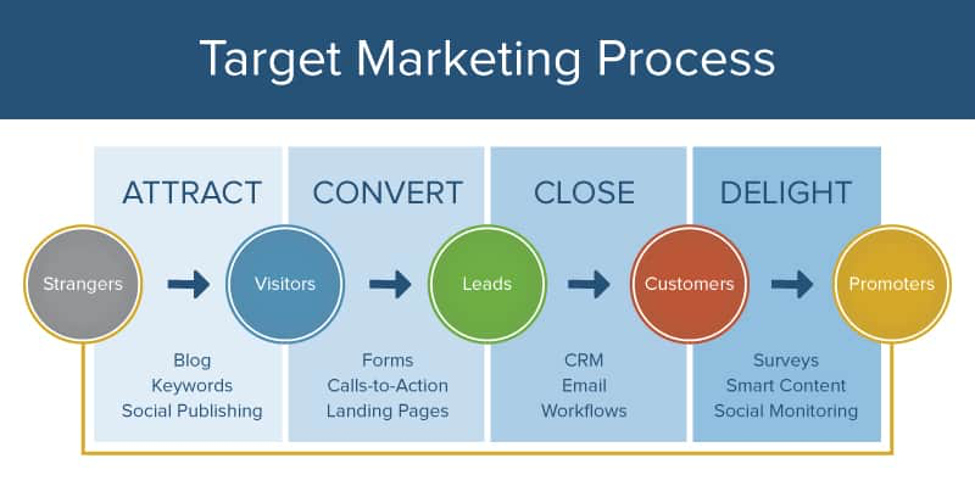
5. Email Marketing – The idea behind email campaigns is easy: you send marketing messages to your prospect and hope that they click on them. The implementation, on the other hand, is far more difficult. First and foremost, make certain that your messages are wanted. This entails having a vote list that complies with the following criteria: Individualizes the information in the body as well as the subject line. Indicates the type of emails the user will receive. Provides a simple way to unsubscribe. All commercial and marketing emails are integrated. You want your prospects to think of your campaign as a valuable service rather than merely a marketing tool.
6. Native advertising– Advertising is marketing disguised as native advertising. Its objective is to blend in with the information around it, making it less visible as marketing. Native advertising is developed in response to today’s customers’ aversion to advertisements. Many customers will assume that an ad is prejudiced if the creator pays for it to appear. As a result, many will disregard it. A native ad avoids this prejudice by giving data or amusement before going into any commercial content, thereby minimizing the “ad” element. It’s critical to carefully mark all native advertisements at all times.
Use phrases like “supported” or “sponsored.” If those signs are hidden, readers may spend a substantial amount of time interacting with the material before realizing it is advertising. Consumers will feel more positive about company material and brand if they know exactly what they’re getting. Native advertising is intended to be less intrusive than standard ads, and they are not intended to be misleading.
“Digital marketing is the process of selling goods and services using digital platforms such as social media, SEO, email, and mobile apps. In a word, internet marketing is any kind of advertising that utilizes electrical gadgets”. It can be performed both offline and online, but both are required for an effective digital marketing strategy. “Any type of marketing that’s also done out utilizing electronic devices, such as a laptop, is known as digital advertising. The term “online marketing” refers to marketing that takes place through the internet”.
Benefits of digital marketing
- Digital marketing enables precise targeting, allowing businesses to reach specific audiences based on demographics, interests, and online behaviors.
- Cost-effectiveness is a crucial advantage, since digital marketing frequently demands smaller investment than traditional marketing, while generating larger results.
- Enhanced consumer connection through social media, email, and other channels creates greater relationships and brand loyalty.
- It offers measurable results, with analytics tools providing insights into campaign performance and customer engagement, facilitating data-driven decisions.
- Real-time feedback and adaptability let organizations refine their strategy for better results more rapidly.
- Businesses may extend their market presence beyond regional borders and draw in foreign clients by achieving global reach.
- The relevance and efficacy of marketing initiatives are raised by personalized marketing strategies, such as customized email campaigns and targeted advertisements.
- Because digital marketing strategies can be adjusted to smoothly guide prospects through the sales funnel, improved conversion rates are frequently achieved.
- In addition to drawing in organic traffic and building enduring client trust, SEO and content marketing increase a brand’s visibility and authority.
Wrapping up
To sum up, in the digital era, digital marketing is a vital and dynamic strategy that helps companies connect with and interact with their target customers. Through the utilization of diverse online platforms and tactics including search engine optimization, content marketing, social media, and email marketing, businesses can efficiently advertise their goods and services, establish their brand, and encourage client interaction and purchases. Achieving long-term corporate success and maintaining competitiveness need embracing digital marketing.


